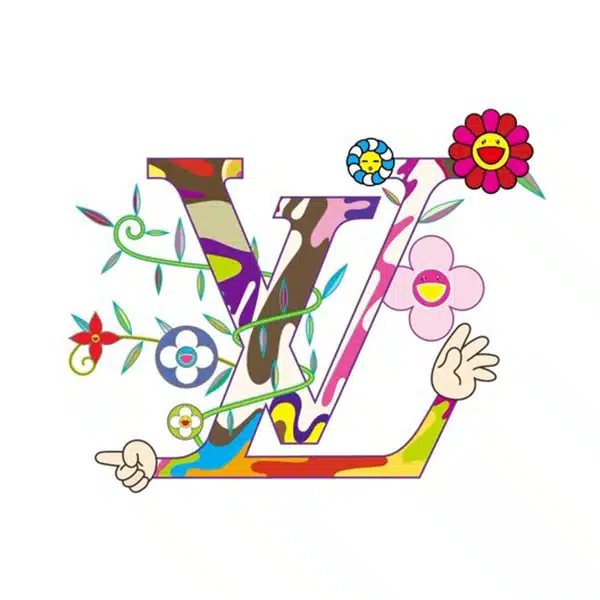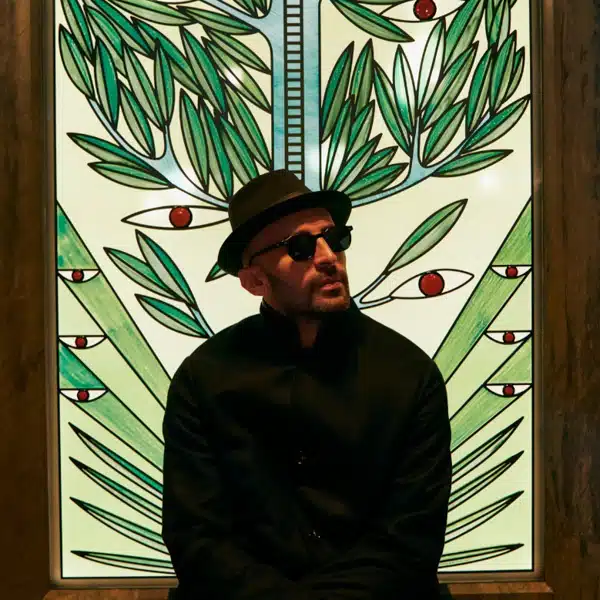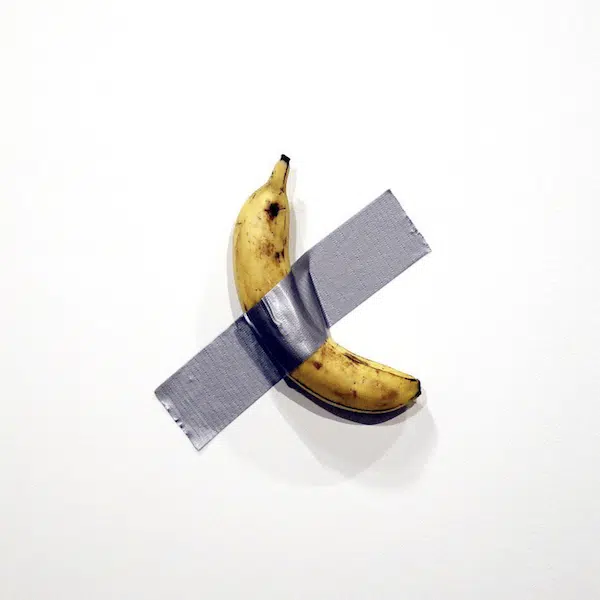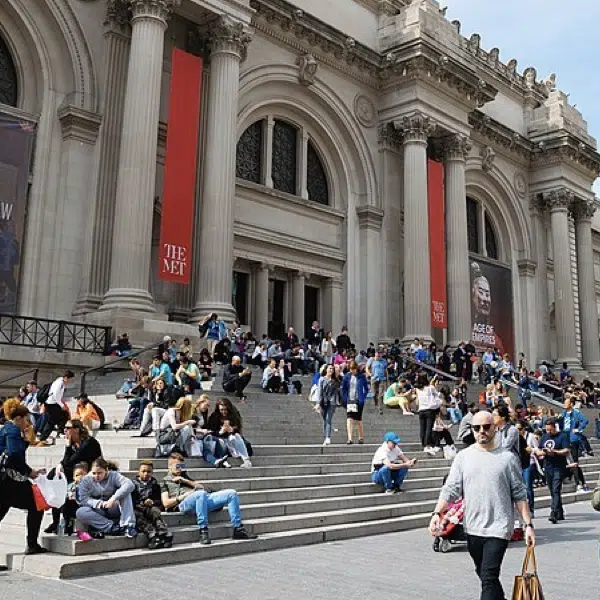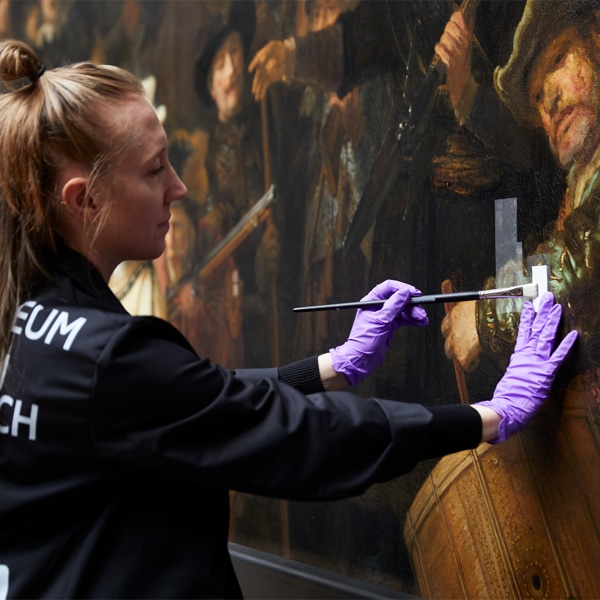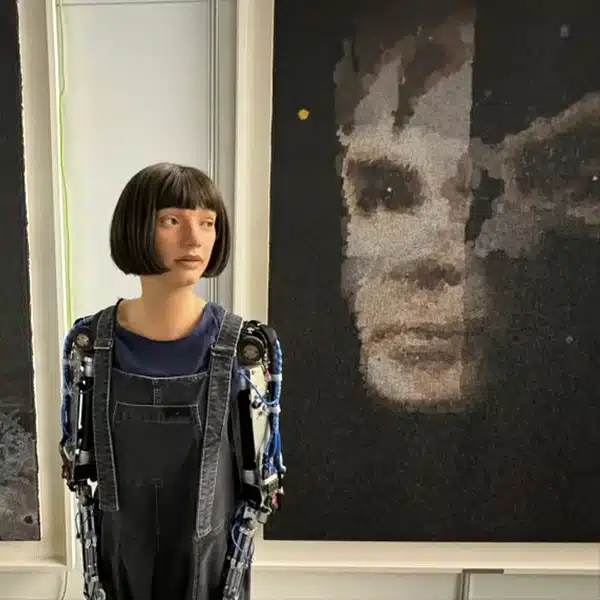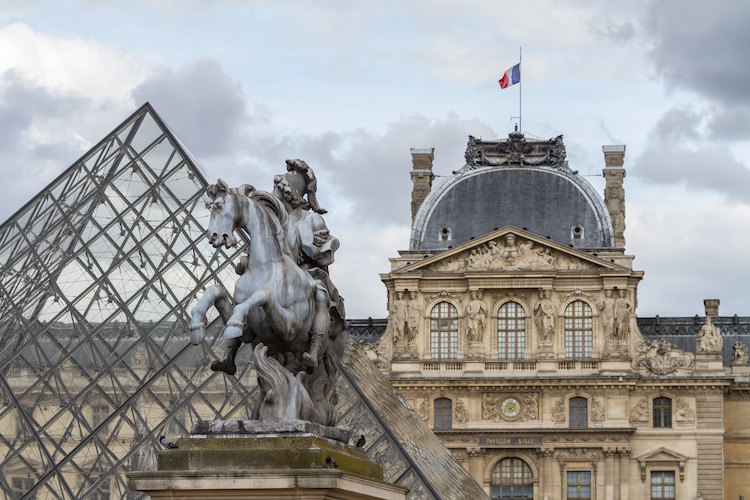
Photo: william87/Depositphotos
A cultural landmark of France and a world-renowned institution, no trip to Paris is complete without a visit to the Louvre. With over 7,500 paintings and approximately 38,000 objects, this 15-acre complex is a destination for every art and history lover.
And while many are familiar with the Louvre as the home of Leonardo da Vinci's Mona Lisa, there is a lot more to unpack about the structure's long, storied past. From fortress to palace to world-famous museum, it has had its fair share of monumental changes. Not only that, but its art collection extends beyond the iconic Renaissance portrait, boasting some of the most important masterpieces from French artists.
Scroll down to learn 10 facts about the Louvre Museum.
Learn 10 facts about the Louvre Museum.
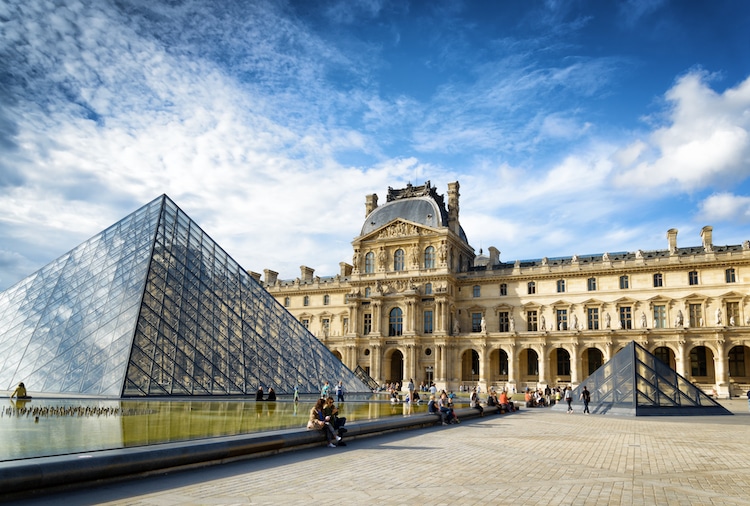
Photo: efired/Depositphotos
The Louvre used to be a fortress.
Prior to becoming a museum for the public, the Louvre was an integral part of Paris's city structure. The original Louvre was actually built in the 12th century when King Philippe Auguste wanted to fortify Paris with a wrap-around wall. However, due to the Sein river, the border was left partially open. To compensate for this weakness, a castle was built by the wall. later, in the 13th century, the castle was expanded, becoming less of a fortress and more of a Palace.
Over time, the Louvre went through more expansions, becoming a palace for royalty in the 1500s. A hundred years later, King Louis XIII, also known as the Sun King, added wings and numerous galleries. This ultimately led to the palace being opened in 1684, allowing the public to see the royal art collection when the king was not living on the premises.
It was not until the French Revolution that the Louvre was fully transformed into a public museum in 1793.
The name “Louvre” has mysterious origins.
Even though Louvre is a household name, the origin of this word is still unknown. Some historians believe that it is derived from “leouar,” which is the Latin-Saxon word for castle. Another possible source could be the Latin word “rubras,” which translates to “red soil.” There is even a third suggestion which proposes Louvre actually comes from the French word louveterie, which is the name of a place where dogs are trained to hunt wolves.
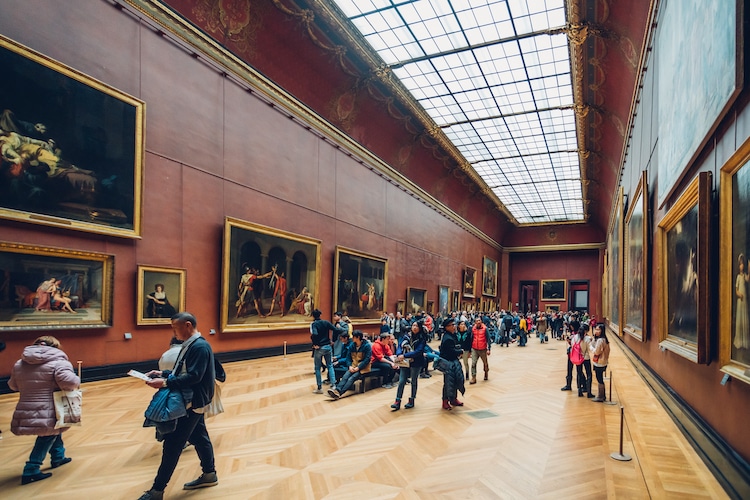
Photo: ewastudio/Depositphotos
Over half of the paintings in the Louvre are made by French artists.
The Louvre contains over 7,500 paintings, encompassing art from the 13th century all the way to the mid-19th century. Notably, 66% of its painting collection is made from French artists, including famous names like Jacques-Louis David, Jean-Louis André Théodore Géricault, and Eugène Delacroix.
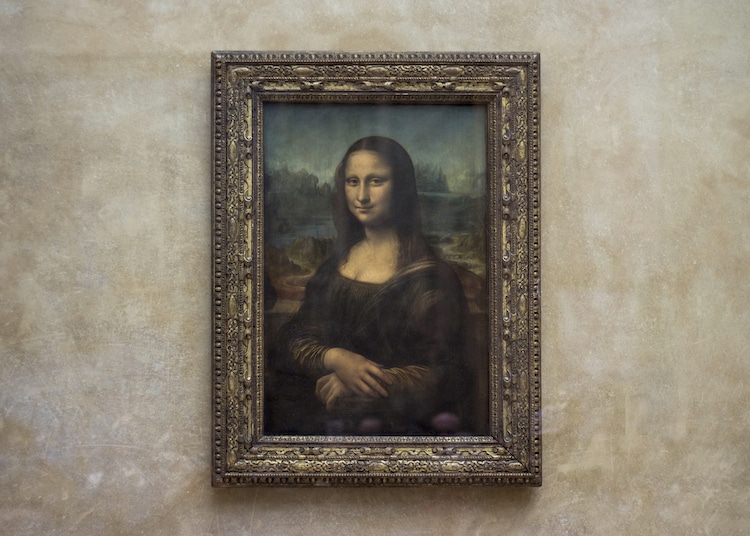
Photo: kydarya/Depositphotos
A quarter of Leonardo da Vinci's paintings are housed in the Louvre.
Leonardo da Vinci's enigmatic Mona Lisa has been housed in the Louvre since 1804. However, this much-studied portrait is not the only work by the Renaissance master. The museum actually possesses six of the 24 surviving paintings by Da Vinci, making it the largest collection in the world. Excluding the Mona Lisa, the others are Portrait of an Unknown Woman, The Virgin and Child with Saint Anne, Virgin of the Rocks, and John the Baptist.
Napoleon re-named the Louvre after himself.
When Napoleon became the leader of the French Republic (and later crowned as emperor), he renamed the Louvre as Musée Napoléon in 1803. It kept this title for a number of years, during which, Napoleon initiated more expansion of the interior to showcase the growing art collection from his many conquests. The name was reverted back to the Louvre in 1814, and Napoleon abdicated the following year. At that point, 5,000 of the stolen works of art were returned to their country of origin.
The Louvre was emptied before WWII.
During World War II, the Nazis stole and destroyed numerous works of art. However, the Louvre's treasures were spared, due to the careful and meticulous plans of the director of the French Musées Nationaux, named Jacques Jaujard. A little more than a week before the war was officially declared, Jaujard ordered the evacuation of thousands of paintings, sculptures, and valuable objects to French provinces. The last piece of art that was transported out of the museum was the Greek statue Winged Victory of Samothrace, which left on September 3, 1939.
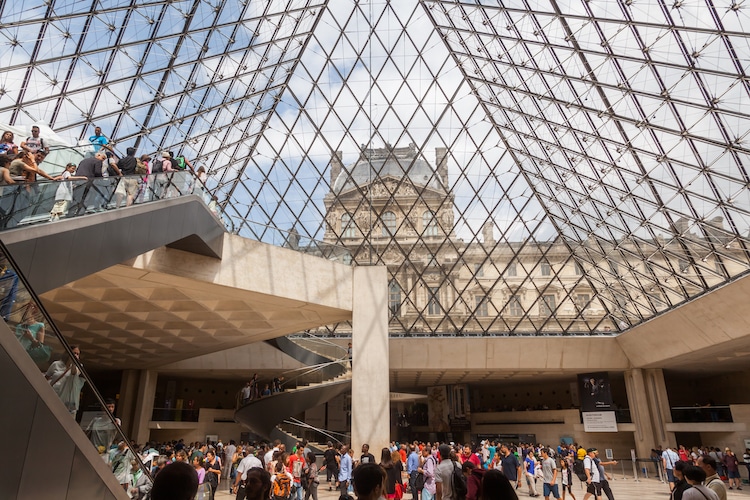
Photo: Madrabothair/Depositphotos
The Louvre is the most-visited art museum in the world.
With such an iconic and expansive collection of art and artefacts, it should come as no surprise that the Louvre Museum is the most-visited art museum in the world, attracting 2.8 million visitors in 2021.
It is also the largest museum in the world.
Due to its complex origins, the Louvre Museum became a massive structure, stretching over 15 acres. Once it was fully converted into a public museum, it was able to use its architecture for 73,000 square meters of exhibition space, making it the largest museum in the world.
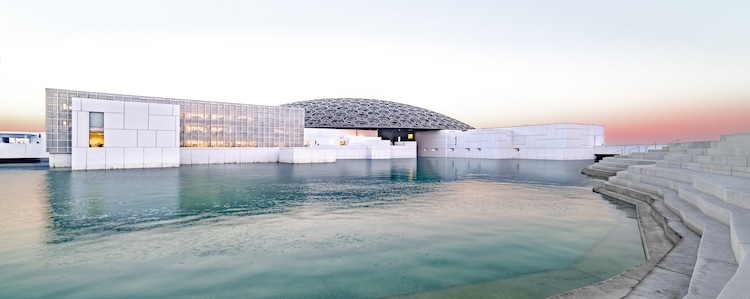
Photo: solkafa/Depositphotos
There are two Louvre Museums.
Surprisingly, the Louvre Museum in Paris is not the only institution by the same name. There is another museum on Saadiyat Island in Abu Dhabi in the United Emirates that is also called the Louvre. This is part of an agreement between the Louvre in Paris with the new art museum, which allows the Abu Dhabi location to use the name from 2007 until 2037.
The glass pyramid was added to the Louvre in 1989.
Today, the Louvre Museum is not only known for its history, but also for its modernity. One of its most prominent features, in fact, was added in 1989. Situated in the main courtyard of the museum, is the large glass pyramid, known as the Louvre Pyramid. This striking structure was designed by Chinese-American architect I. M. Pei, and it's an underground entrance into the museum that helps accommodate the large numbers of visitors to the institution.
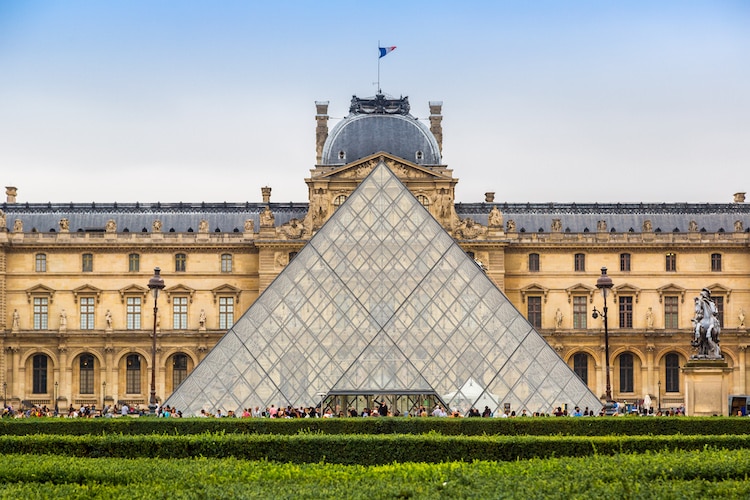
Photo: bloodua/Depositphotos
Frequently Asked Questions
Where is the Louvre?
The Louvre Museum is located in Paris, France.
When was the Louvre built?
The Louvre was originally built in the 12th century as a fortress and expanded into a palace in the mid-1500s.
Is the Mona Lisa at the Louvre?
Leonardo da Vinci's Mona Lisa is located in the Louvre Museum in Paris.
Related Articles:
Get To Know the Guggenheim: How a Family Helped Create One of the World’s Most Famous Art Museums
6 of the Best Modern Art Museums in the World
10 of the Best Contemporary Art Museums to Visit Around the World












































































